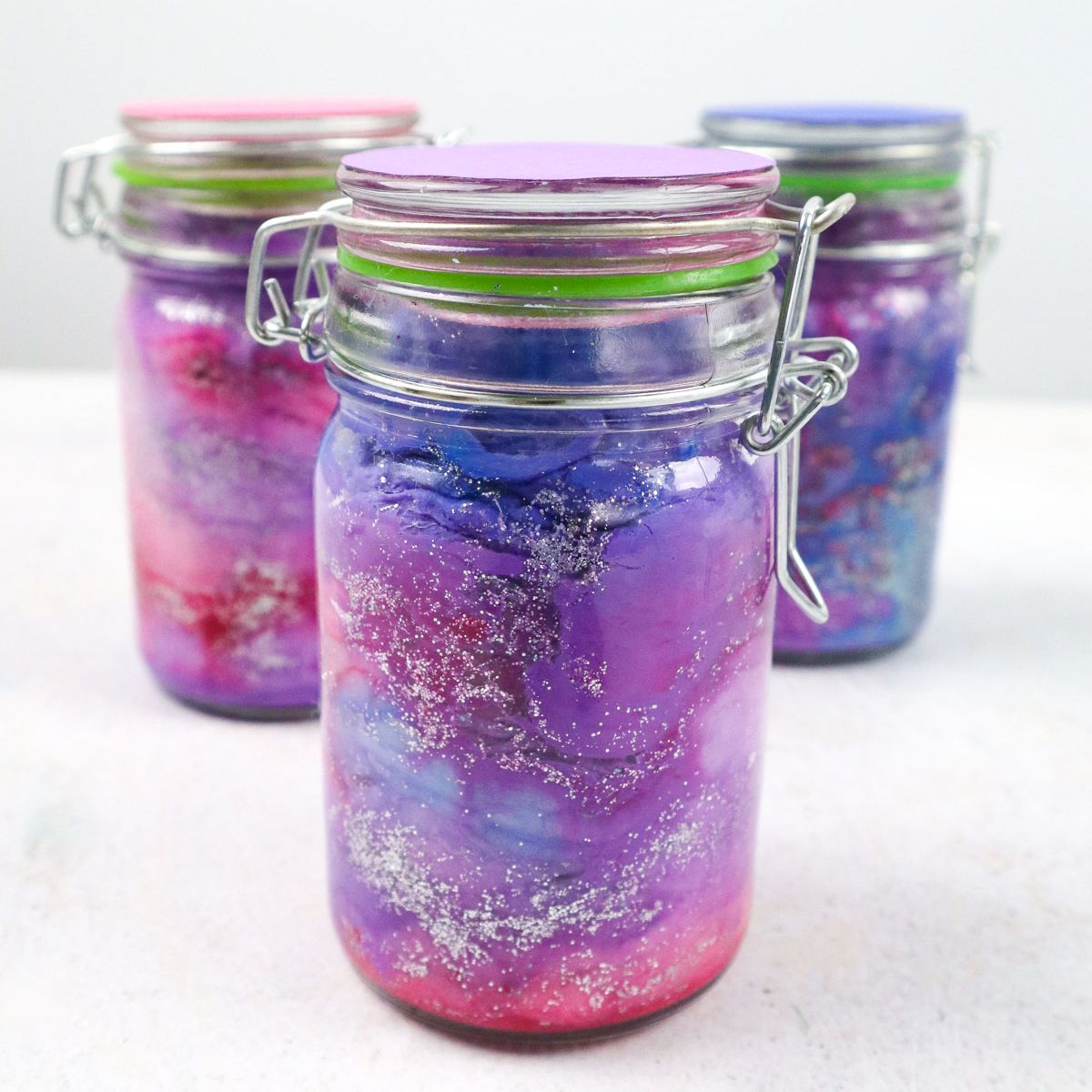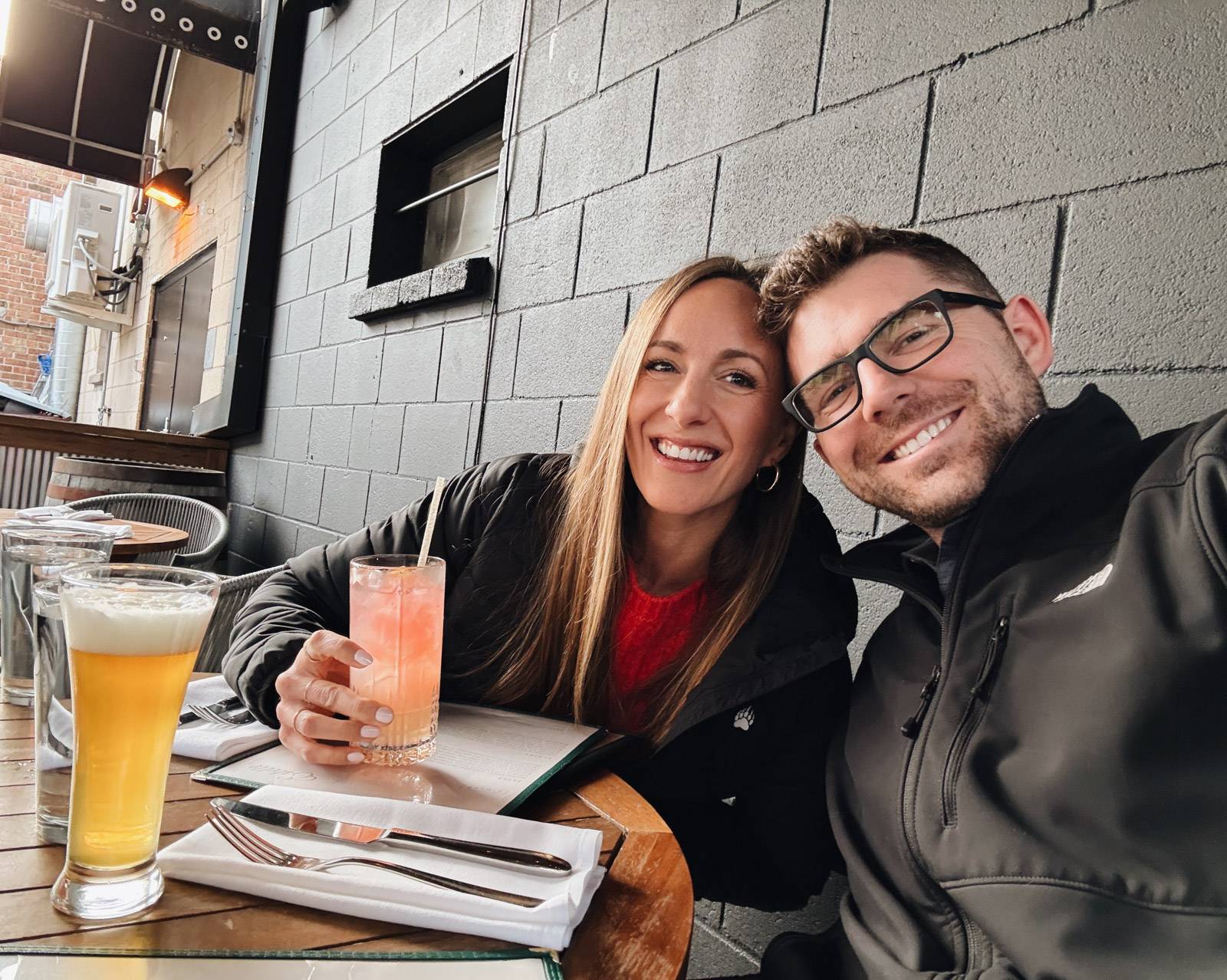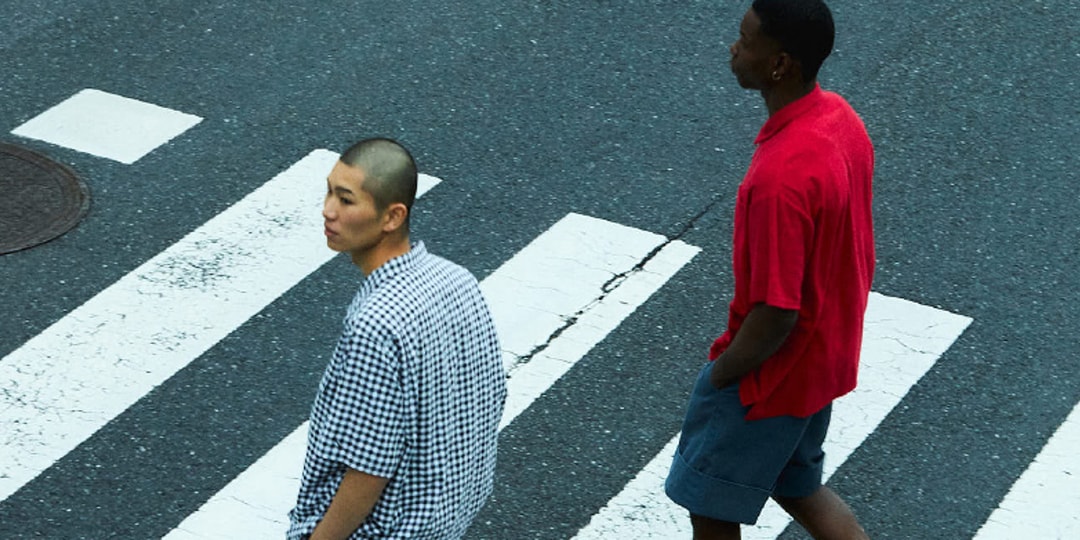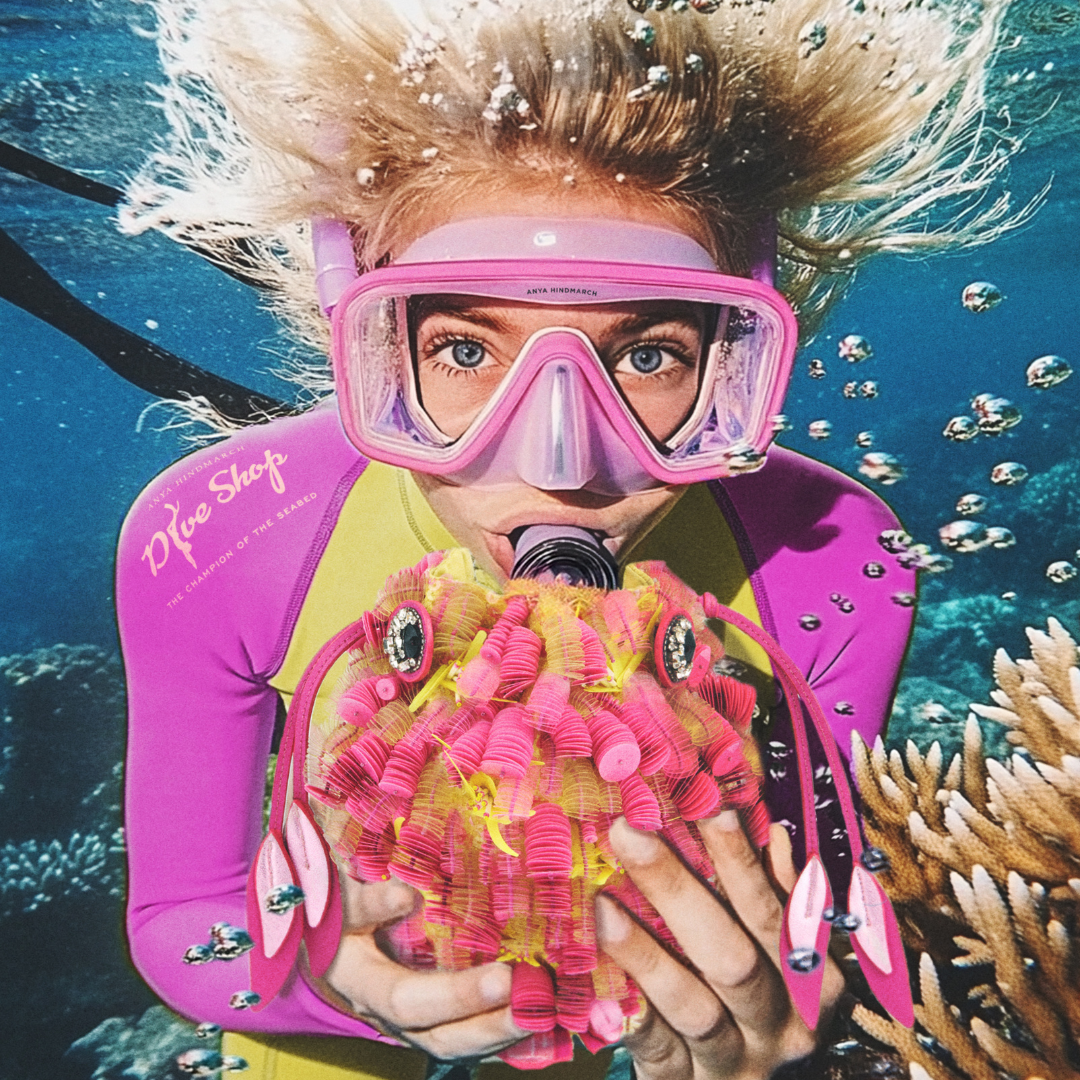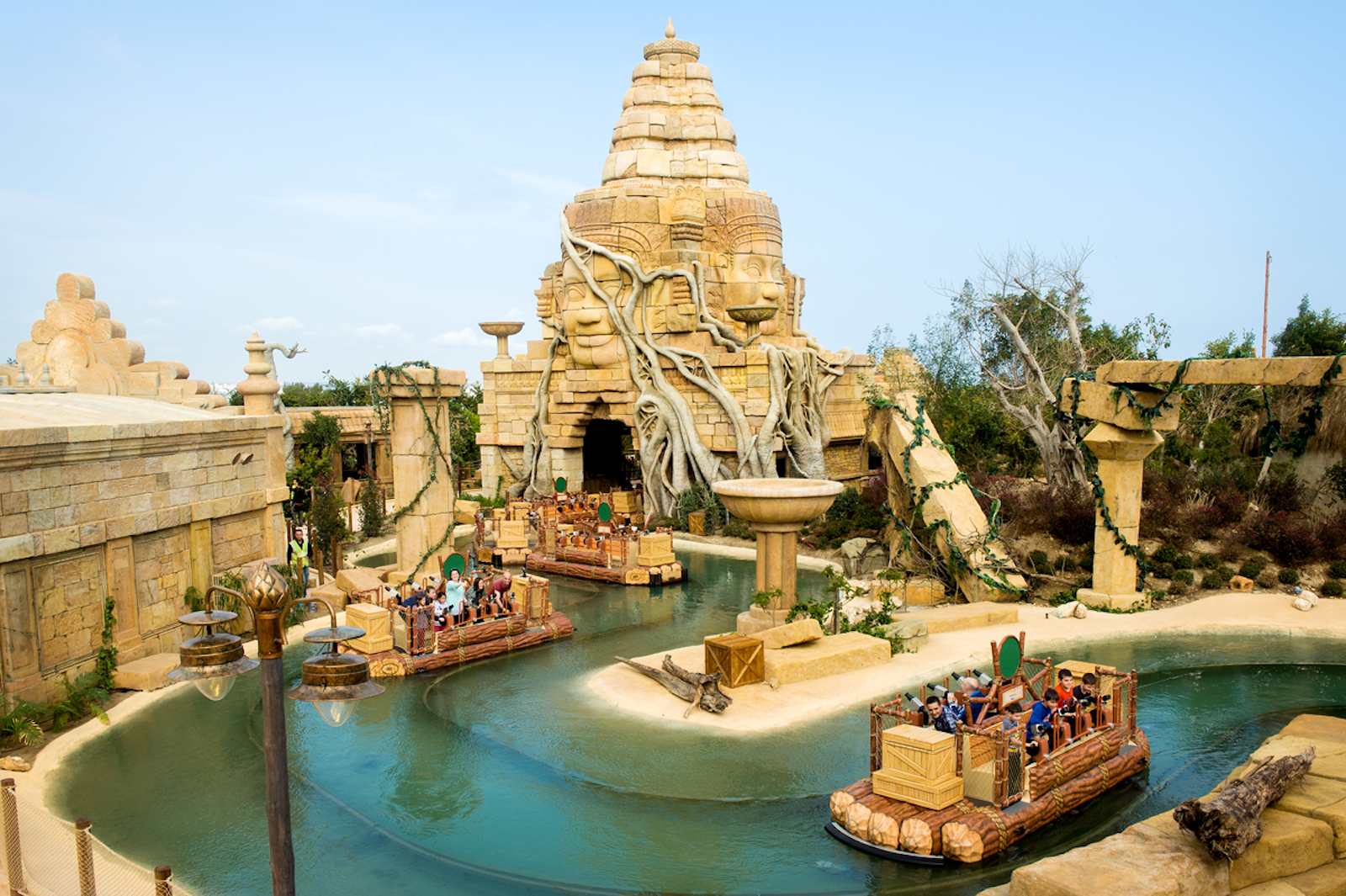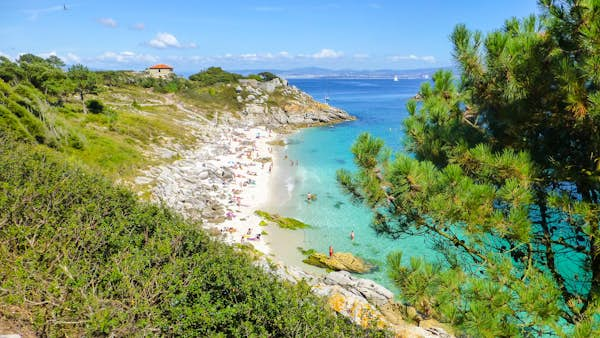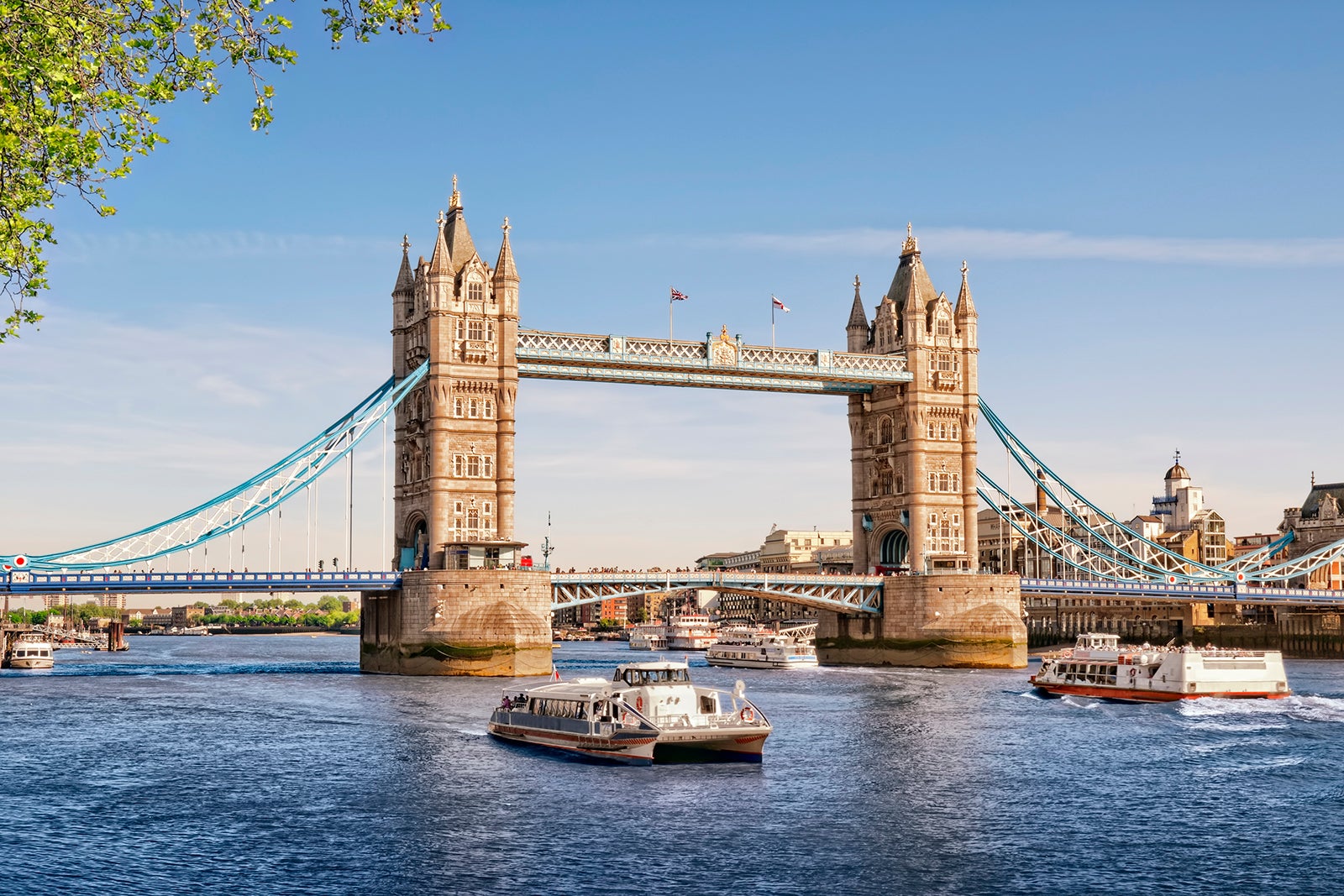The 13 best things to do in Yogyakarta, Indonesia
Vibrant Yogyakarta is celebrated as the cultural and artistic capital of Java. Here are the top things to do in this thrilling Indonesian city.

While Jakarta is the largest city on the island of Java, vibrant Yogyakarta is celebrated as the cultural and artistic capital of the island. Along with its twin city of Solo, "Yogya" is recognized as the cradle of Javanese civilization, and it holds a special place in the hearts of the Indonesian people.
Today, Yogyakarta presents visitors with an authentic glimpse of Indonesia’s richly layered past, combined with the creature comforts of a modern and thriving city. Sites such as the Kraton palace and the garden at Taman Sari provide a glimpse of royal life in the sultanate, while the Alun-Alun Kidul park hums with activity every evening, and a stroll down Jl Malioboro is simply one of life’s pleasures.
To enjoy all that Yogyakarta has to offer, stay somewhere central, close to the Kraton and Jl Malioboro areas. The following list of top things to see can be reached easily from most central hotels and hostels.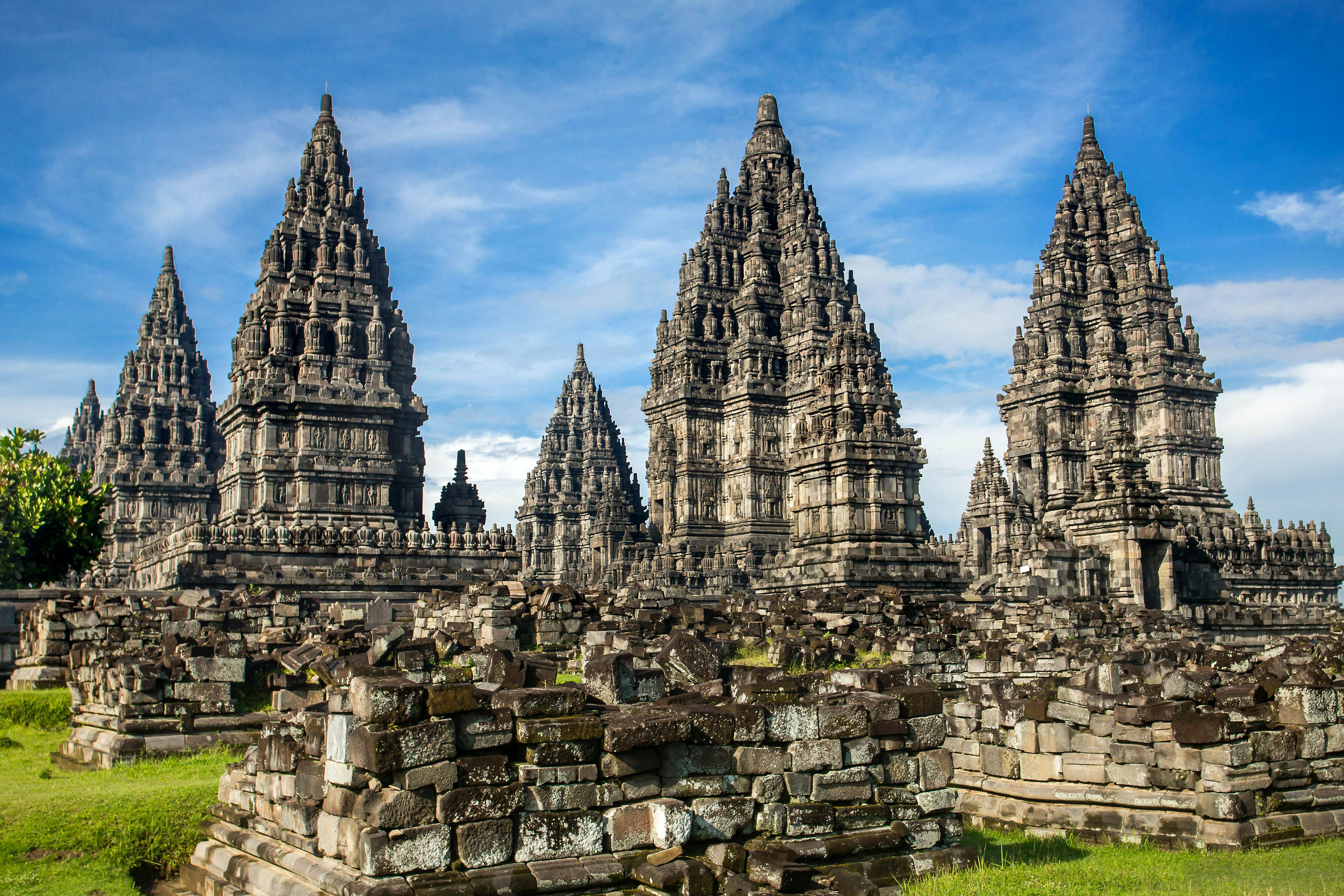
1. Tour towering temples at the Prambanan complex
Constructed in the 8th century, the Prambanan temple complex is a must-see in Yogyakarta. Consisting of 240 temples, this UNESCO World Heritage site is the largest Hindu temple complex in Indonesia, and the second-largest Hindu shrine in Southeast Asia after Cambodia’s Angkor Wat.
Rising to 47m (154 ft), the three main temples are dedicated to the Hindu gods Brahma, Vishnu and Shiva, but this central complex is surrounded by three smaller temple clusters. To explore the rest of the site, exit the main temple complex across from where you entered. Hiring an electric buggy to take you around is a smart option on a hot day, as it’s around 1km (0.6 miles) to the furthest temple.
The most important of the outlying temples are the Lumbung Temple, Bubrah Temple and Sewu Temple. The last, Sewu, is the largest and most impressive, and it’s well worth investigating. The site is also home to the Ramayana Ballet, an outdoor theater that hosts dances featuring more than 200 performers after sunset, with the Prambanan temples as a backdrop.
As you approach the main complex, look out for the billboards at the bottom of the stairs with information about the temples. Hire a local guide to make the most of your visit; they know shortcuts between the temples and can take you to areas that are off-limits if you don’t have a guide.
Planning tip: Prambanan is about 17km (11 miles) outside of central Yogya; the easiest way to get here is by rideshare or bus. Be aware that the temple complex is closed on Mondays. If you want to visit for sunset, enter before the ticket office closes at 5pm. 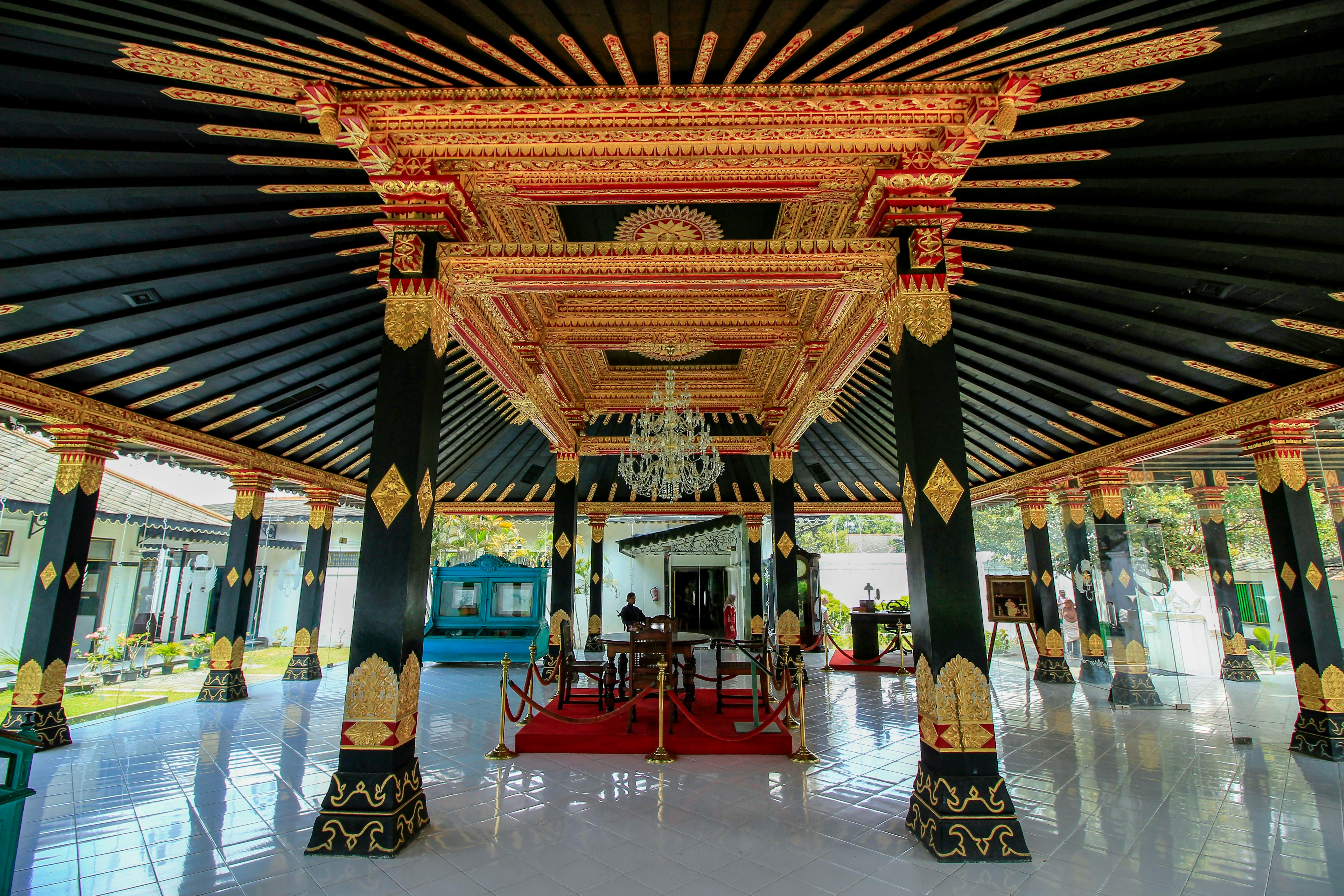
2. Discover Yogyakarta’s royal history at the Kraton
The city’s other big attraction is the Kraton, the sprawling palace of the Sultan of Yogyakarta. It’s located right in the heart of the city, and a visit is a fascinating introduction to the life of Java’s last ruling royal family.
While this is still a fully functioning palace, it is also open as a living and breathing museum of Javanese history. As you stroll through the complex, you’ll spot royal guards hurrying by, performing their traditional duties, while cleaners and staff go about the daily business of maintaining the palace.
Planning tip: The Kraton is open only from 8:30am until 12:30pm, and it closes at 11am on Fridays and Saturdays, so arrive early to make the most of your visit.
3. Visit a sultan’s playground at Taman Sari
A short stroll or becak (rickshaw) ride away from the Kraton, the 18th-century pleasure garden at Taman Sari is known as the “Sultan’s Garden.” Inside, you can view a wonderful collection of ancient walls, orchards, bathing pools and tunnels, and even an underground mosque. Like the Kraton, Taman Sari provides a unique glimpse of life in the heyday of the Yogyakarta sultanate.
The site is no longer just reserved for royalty, and in recent years, locals have moved in, adding a different dimension to the experience in the form of coffee shops and colorful murals. The entrance fee includes a local tour guide who will take you on a journey through a day in the life of the sultan.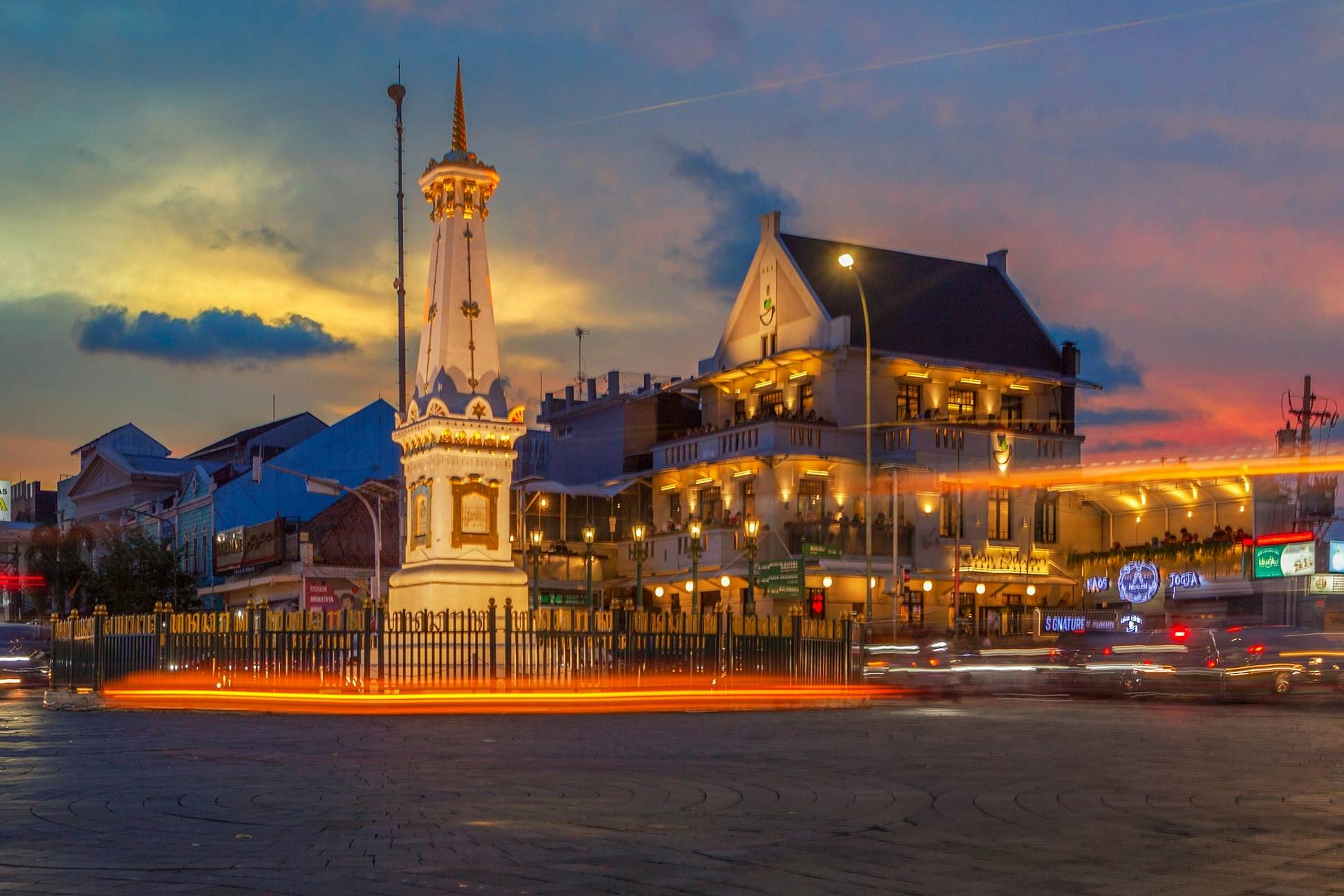
4. Catch a Yogyakarta sunset
Surrounded by hills, Yogyakarta has some spectacular vantage points for catching the brilliant Java sunsets, accessible by taxi or rideshare. On a ridge southeast of the center, the selfie park at HeHa Sky View is the most famous spot, but nearby Obelix Hills is another good place to dine in front of the vista.
Another popular spot is Bukit Paralayang Watugupit, a towering hill overlooking Parangtritis Beach to the south of Yogya. Close to the Prambanan Temple, the carved rock outcrop at Tebing Breksi has some eye-catching selfie spots and lots of warungs (food stalls).
Planning tip: Yogyakarta can be a difficult city to navigate for the mobility impaired, but DifaBike provides motorcycles with adapted sidecars for tours and transport. It’s a great way to get around if you’re less mobile.
5. Explore the ruins of a hilltop palace
Crowning a hilltop about 3km (1.8 miles) from the Prambanan Temple, Kraton Ratu Boko is the site of an ancient Hindu palace complex. Unlike many other ruins dotted around Yogyakarta, this site appears to have been a self-contained settlement, complete with a kraton (palace), a walled enclosure, bathing pools and a moat.
The Ratu Boko site is dotted with stone ruins, both marked and unmarked, and it remains unclear what some of the structures were used for, or even why they existed. However, historians believe that the pools were used by the princesses and concubines of the king for bathing.
Taking a walk around Kraton Ratu Boko in the late afternoon sunlight is a beautiful experience. The royal bathing pools brilliantly reflect the sky and clouds, as well as the distant mountain ranges, and this is a wonderfully peaceful place to linger at the end of a long day. Try to be here for sunset, when the ruined gates at the entrance to the complex make for stunning photos.
Planning tip: Entry is cheaper if you purchase a combined ticket for Prambanan Temple and Ratu Boko; you’ll pay more to visit the two sites separately. 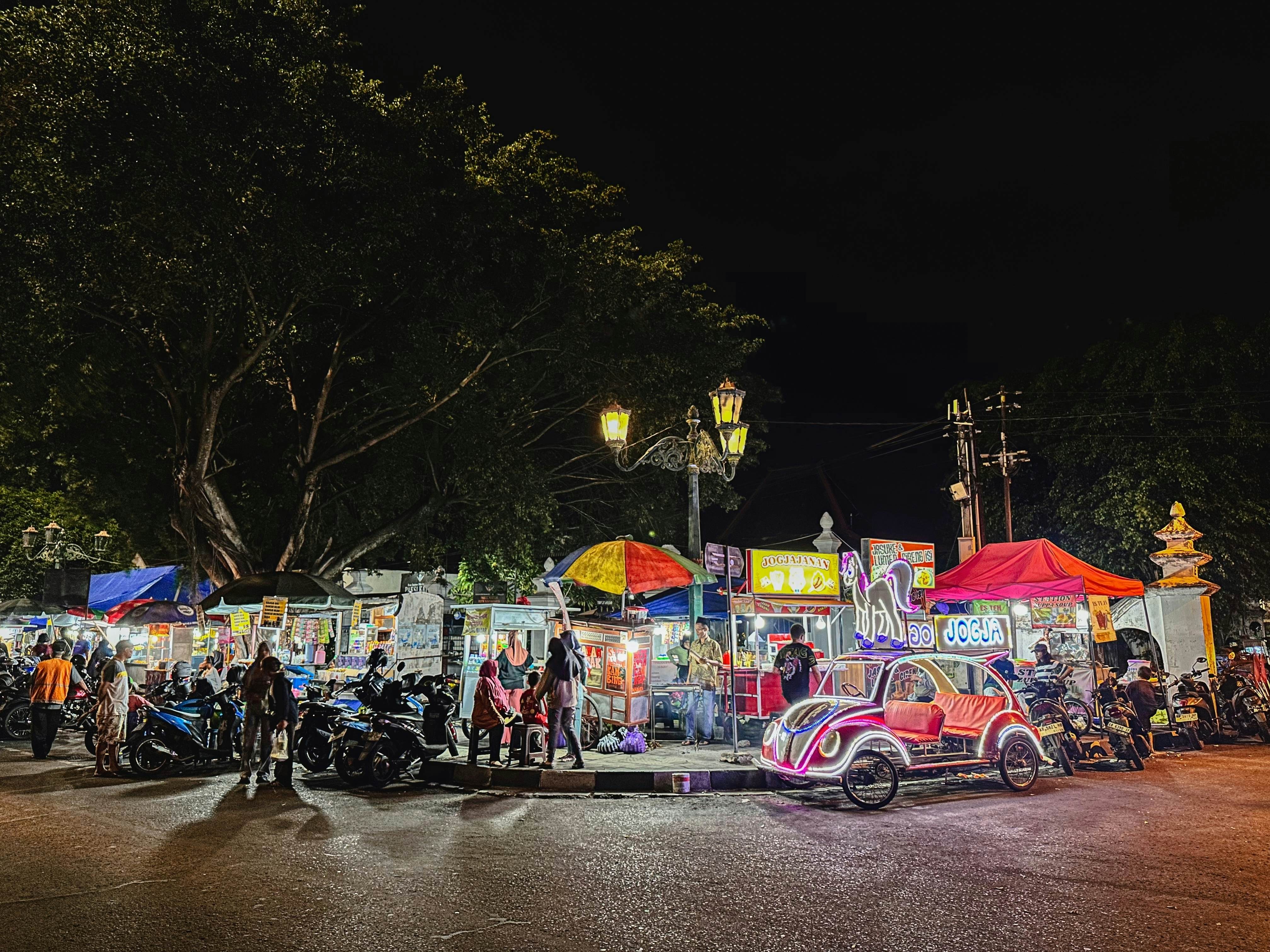
6. Test your luck at Alun-Alun Alkid
Tucked away a couple of blocks behind the Kraton in the center of Yogya is a large square of grass called Alun-Alun Kidul, or “Alkid” for short. It’s one of the most popular meeting places in the city, especially at night, when crowds of locals descend on the park, bringing picnic blankets and takeaway food to sit and enjoy, creating a party-like atmosphere.
Alkid is ringed by a single road where pedal-powered cars covered with fluorescent lights can be hired for a circuit around the park. Everywhere you look, you’ll see street food for sale, and people relaxing and enjoying Yogyakarta’s evening air.
In the very center of the square stand two large banyan trees, each circled by a white fence. An open area of approximately 25m (82ft) separates them – according to local legend, if you can successfully cross from tree to tree while blindfolded, then your wish will come true. You’ll see plenty of people here trying their luck.
Planning tip: If you want to give this quirky activity a go but forget your blindfold, don’t worry – you can rent one on arrival!
7. Take a walk down Jl Malioboro
The lively thoroughfare of Jl Malioboro is a great spot for an urban promenade. Begin at the Yogyakarta Monument, an iconic roundabout surrounded by cafes and eateries, then continue south along Jl Mangkubumi until you reach the Tunqu Nangkring food stall, where you can sample the best street food pizza in town.
From here, continue across the railway tracks to Plang Malioboro, the site of a much-photographed Jl Malioboro street sign. Wander south along Jl Malioboro until you come to the Teras Malioboro 2 shopping arcade, where street performers, musicians and street vendors gather in the evenings.
For more shopping, head to the Pasar Beringharjo market, where you’ll find many budget stores and shops selling clothing and souvenirs. Once you’ve finished browsing, head to Nol Kilometer, the main intersection at the south end of Jl Malioboro. This is another popular hangout for locals, and in the evenings you’ll find crowds sitting out and enjoying the atmosphere.
Planning tip: This tourist walk through the heart of Yogyakarta is best attempted in the early evening when you can enjoy the bright city lights and lively buzz. 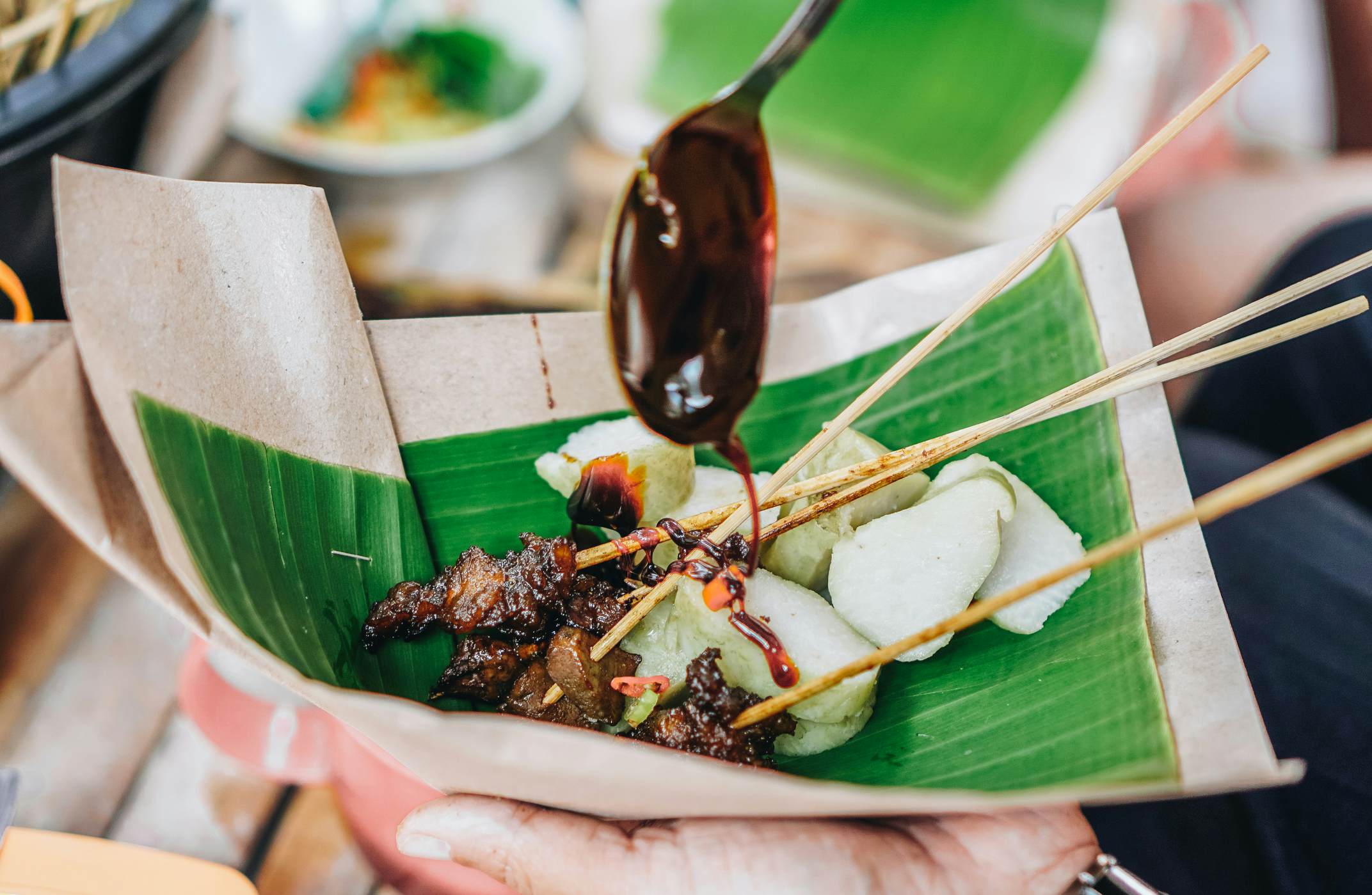
8. Tantalize your tastebuds with Yogyakarta cuisine
After exploring Jl Malioboro, visit Loko Cafe Malioboro for some well-priced local and Western food before you head on to your next destination. Alternatively, if you have time to linger, The House of Raminten offers traditional Javanese food in a unique setting, served by wait staff wearing traditional clothes (be sure to book ahead).
There’s more great food in town. Check out Kesuma Restaurant on an alley off Jl Sartono for wonderful traditional Indonesian food and polite, English-speaking staff. If you love sate (grilled meat skewers), a great place to try it is Sate Ratu, north of the center on Jl Sidomukti in the Sleman district; their red sate is especially delicious.
Planning tip: If you have your heart set on visiting a particular restaurant, make a reservation. Yogyakarta residents love their food and popular places fill up quickly during peak dining hours.
9. Discover traditional batik in Solo
Originating from Yogyakarta and its twin city of Solo in the late 1800s, the fabric-dyeing technique of batik has become a core part of traditional craft culture throughout Indonesia. Intricate designs and patterns are created on cloth using melted wax, before the fabric is dyed and the wax removed, leaving areas unstained by the dye.
It’s a precise art form that takes time and talent to master. At batik centers such as Hamzah Batik, you can sit and watch batik artists at work. In 2009, UNESCO recognized batik as a Masterpiece of Oral and Intangible Heritage of Humanity, and on October 2 every year, Indonesia celebrates National Batik Day.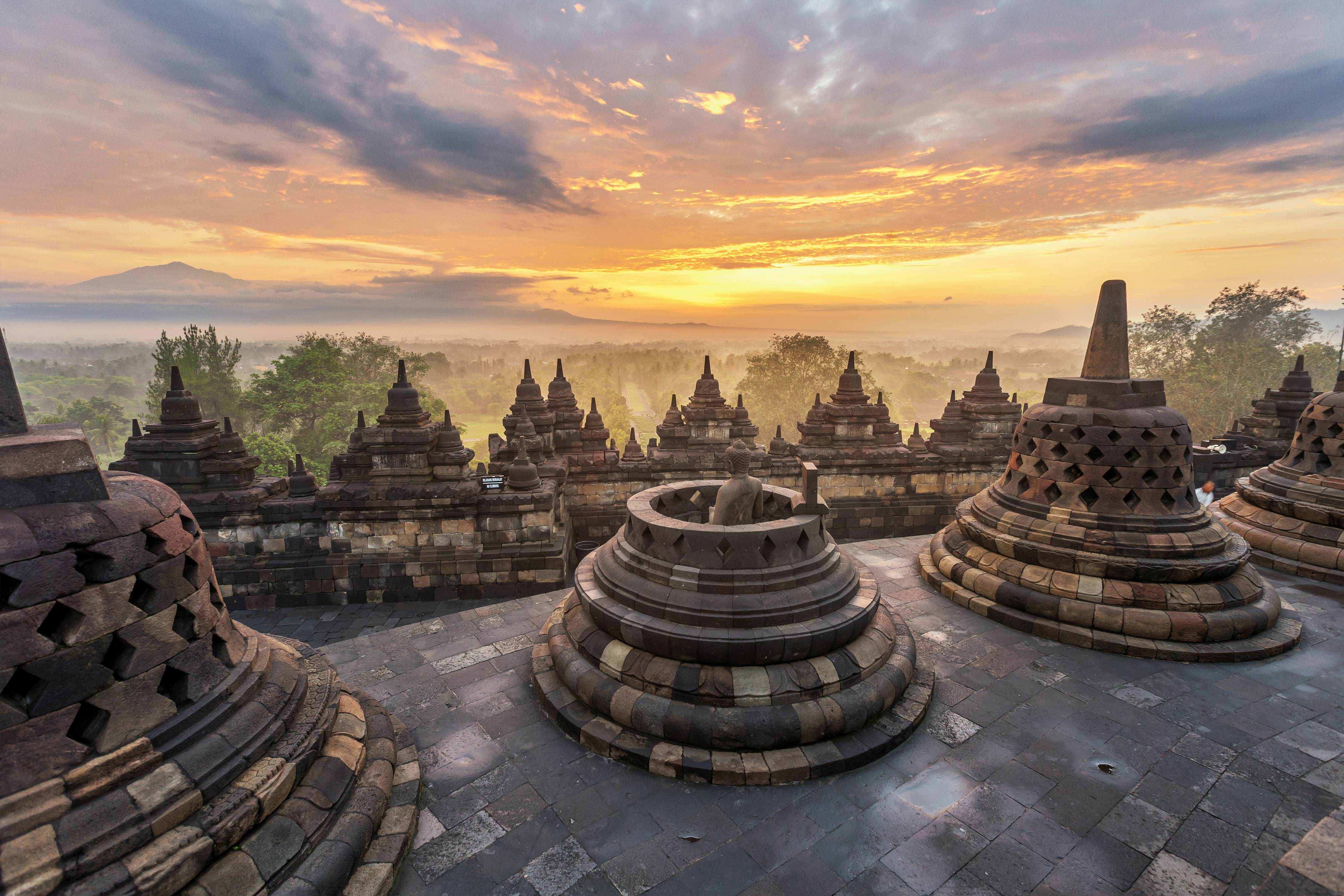
10. Explore Borobudur Temple
Anyone visiting Yogyakarta will have heard about Borobudur Temple, the world’s largest Buddhist temple. It’s only an hour away from the city, so seeing it is a must. The temple was constructed in the 8th century, and it covers a massive 2500 sq meters (nearly 27,000 sq ft), arranged over nine levels. The pyramid-like structure tops out at 35m (115ft), and its exterior is covered by an incredible 2672 relief panels and 504 Buddha statues, many set under stupa-like domes.
Borobudur was abandoned sometime around the 10th century, but today, the temple sees more than two million visitors annually. There are many theories as to why the temple was abandoned, but the most likely explanation is that the temple was buried by ash during an eruption of the Gunung Merapi volcano.
Planning tip: Try to time your visit to avoid the arrival of the tour buses. They tend to arrive as soon as the gates open, bringing in crowds of visitors, but there are fewer arrivals at lunchtime, before another mad rush begins late in the afternoon.
11. Soak up the serenity at Candi Sambisari
If you still can’t get enough of temples after visiting Borobudur and Prambanan, then head to Candi Sambisari. This ancient Hindu temple site is very quiet and you will likely have the ruins all to yourself. The temple’s design is similar to other temples around the region, but the entire complex is set in a deep hollow.
In fact, Candi Sambisari was originally constructed at ground level, but hundreds of years ago, it was completely swallowed up by mountains of ash and debris from an eruption of Gunung Merapi.
It wasn’t until 1966 that the temple was rediscovered when a farmer digging in his field struck a strange stone with his hoe. He contacted archaeologists, and Candi Sambisari was carefully revealed. To this day, Merapi remains Indonesia’s most active volcano, and its smoking cone can be seen from many sites around Yogyakarta.
Planning tip: Candi Sambisari is not very well known, and its anonymity is part of the appeal. It’s one of the rare places around Yogyakarta where you can wander around without much company and enjoy some serenity. Get here by taxi or rideshare, or arrange a car and driver for a return trip. 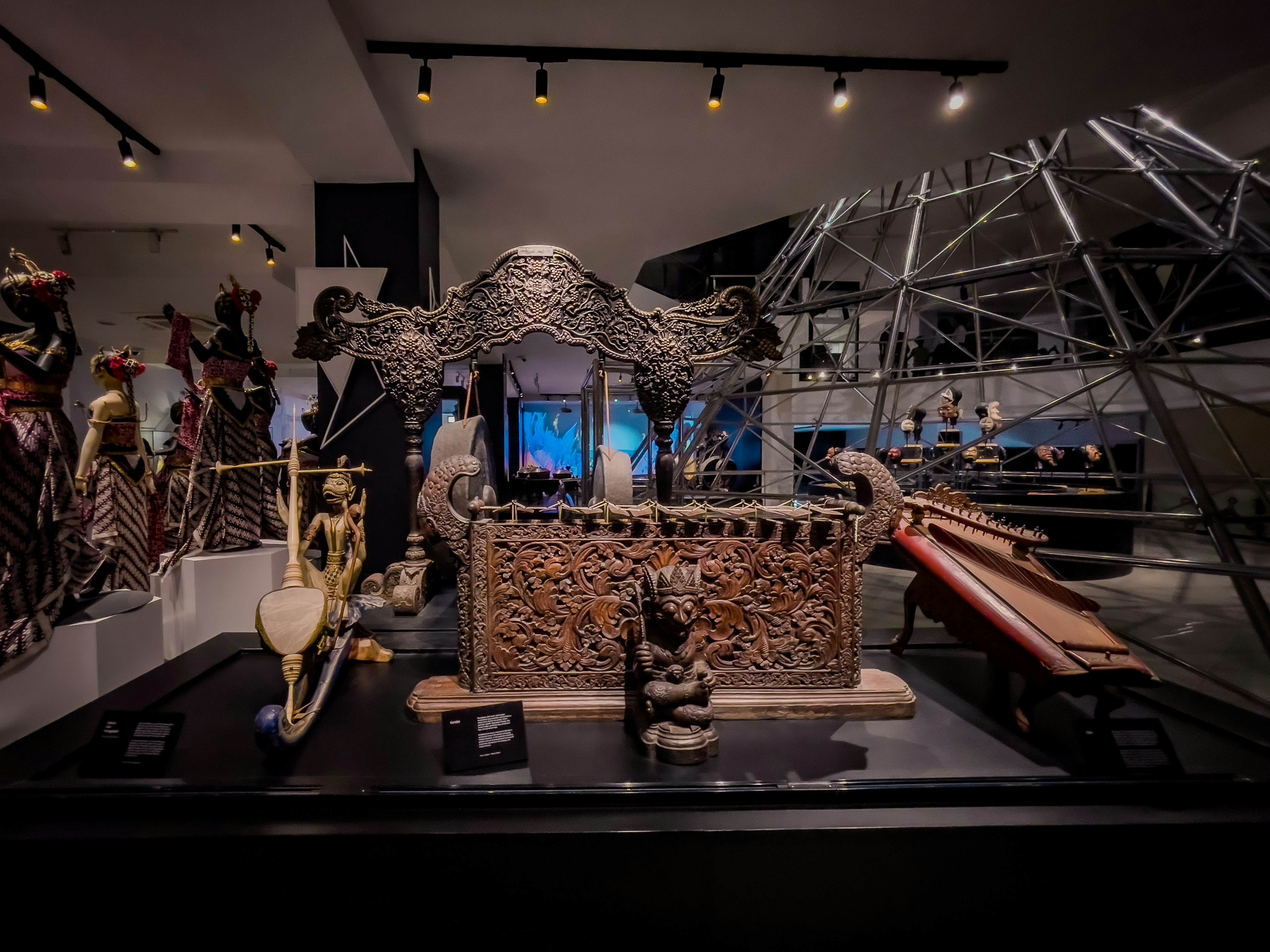
12. Learn about Indonesian history in Yogyakarta’s museums
For museum aficionados, Yogyakarta offers plenty of intriguing options. The Sonobudoyo Museum is located right on Jl Malioboro, not far from the Kraton, and it has fascinating displays devoted to cultural history. On selected evenings, there are live traditional performances, with dancers acting out local legends.
To delve further into Yogya’s back story, visit Museum Wahanarata behind the Kraton to view the collection of horse-drawn royal carriages, then continue to Nol Kilometer on Jl Malioboro, where you can see displays on local history at Benteng Vredeburg, a museum set inside a colonial-era fortress.
13. Savor a cup of Java coffee
For some respite while touring the sights, grab a cup of full-flavored Java coffee at one of the coffee shops in the middle of Yogyakarta. Cozy and spacious Nol Kilometer Coffee & Tea is as central as it gets, while Kebon Ndalem Coffee & Eatery is a great coffee house overlooking the Yogyakarta Monument.
If you want to settle in with a book or catch up on emails, Blanco Coffee & Books is a homey and cozy cafe with good wi-fi and a wonderful, friendly atmosphere. Or try Noren Coffee & Roastery, a hidden coffee shop with a chilled-out vibe just off Jl Malioboro.






































































































